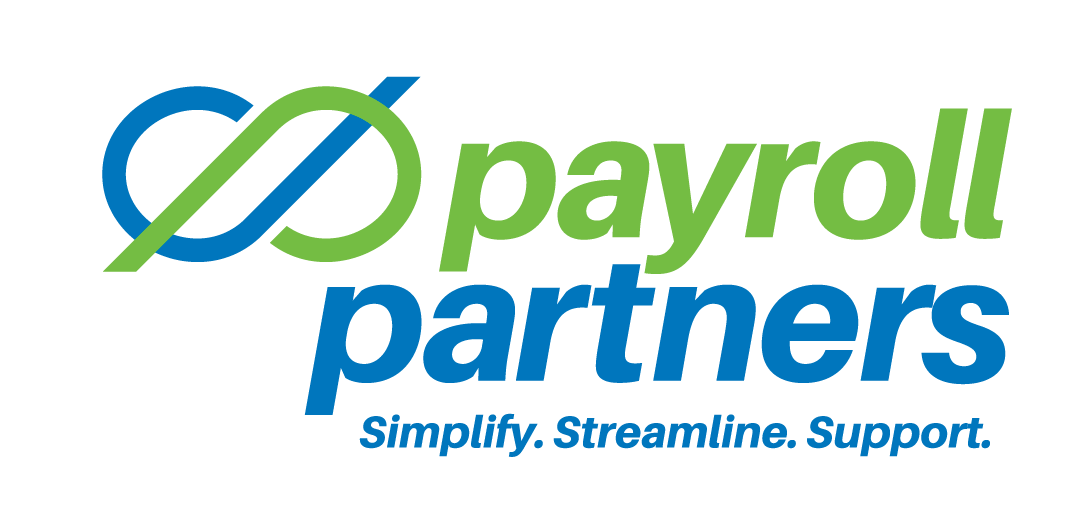
16 May Federal Payroll Taxes and Withholding Requirements
Employers must withhold federal, state, local, and Federal Insurance Contributions Act (FICA) taxes from their employees’ paychecks. FICA includes Medicare and Social Security taxes.
An employee’s completed Form W-4, Employee’s Withholding Certificate, determines how much is withheld from their paycheck. Independent contractors are not employees, and businesses are not required to withhold or pay any federal taxes on payments to independent contractors.
Employers pay Federal Unemployment Tax Act (FUTA) and State Unemployment Tax Act (SUTA) taxes and do not deduct these amounts from their employees’ paychecks.
IRS Publication 15 (Circular E), Employer’s Tax Guide, explains employers’ tax responsibilities each year.
Note: This is not a complete text on federal payroll taxes and withholding.
Who Is an Employee?
Employees vs. Independent Contractors
Employers must be able to identify an employee versus an independent contractor because income taxes must be withheld from an employee and Social Security, Medicare tax, and unemployment taxes must be paid on wages to an employee. Alternatively, businesses are not required to withhold or pay any federal taxes on payments to independent contractors. The general rule is that an individual is an independent contractor if the payer has the right to control or direct only the result of the work, not what will be done and how it will be done. Businesses should consider all evidence of the degree of control and independence in the employer/worker relationship. Whether a worker is an independent contractor or employee depends on the facts in each situation.
The IRS provides guidelines that help to analyze whether a worker is an independent contractor or employee, with a focus on the following:
- Behavioral control: A worker is an employee when the business has the right to direct and control the work performed by the worker, even if that right is not exercised.
- Financial control: Whether the business has a right to direct or control the financial and business aspects of the worker’s job.
- Relationship of the parties: The type of relationship depends upon how the worker and business perceive their interaction with one another.
Classifying an employee as an independent contractor—with no reasonable basis for doing so—makes employers liable for employment taxes. Alternatively, certain employers that can provide a reasonable basis for not treating a worker as an employee may have the opportunity to avoid paying employment taxes.
Use our Independent Contractor Classification Guide and Worksheet to understand and correctly classify workers as either employees or independent contractors, using the IRS and Department of Labor tests.
The IRS also provides Topic No. 762, Independent Contractor vs. Employee, and Form SS-8, Determination of Worker Status for Purposes of Federal Employment Taxes and Income Tax Withholding, to help employers determine their workers’ status.
Form W-4
A newly hired employee must complete a Form W-4, notifying the employer how many withholding allowances to use when deducting federal income taxes. The more withholding exemptions an employee claims, the less taxes an employer will have to withhold. Employees may claim fewer exemptions than they are entitled to in an effort to reduce later tax obligations. Employees may also ask employers to take additional money from their wages in anticipation of a larger tax bill. The IRS provides a withholding allowance calculator to help employees ensure that they do not have too much or too little income tax withheld from their pay.
Employees may not claim more exemptions than those to which they are entitled. Employees may claim one for themselves (unless they can be claimed as a dependent by another taxpayer), one for their spouse (if the spouse is not claiming a personal exemption on a Form W-4), and one exemption for each child or other dependent claimed on their tax return. It is the employee’s responsibility to identify personal exemptions. Employees who submit a Form W-4 that results in less tax being withheld will owe tax when filing a return and may owe a penalty. However, employers are under no obligation to confirm the validity of an employee’s exemptions.
Employers are not required to routinely submit Forms W-4 to the IRS. However, in certain circumstances, the IRS may direct an employer to submit copies of Forms W-4 for certain employees in order to ensure that the employees have adequate withholding. Employers are only required to submit Forms W-4 to the IRS if directed to do so in a written notice.
If the IRS determines that an employee does not have enough withholding, it will notify the employer to increase the amount of withholding tax by issuing a “lock-in” letter that specifies the maximum number of withholding allowances permitted for the employee. A copy of the lock-in letter will also be included by the IRS and employers must give it to current employees. An employer is not required to act based on the lock-in letter if the employee is no longer employed by them. However, if the employee returns to work within 12 months, the lock-in letter must be given to them. For current and returning employees (within the aforementioned 12-month period), employers must withhold income tax from the employee’s wages based on the withholding rate stated in the IRS lock-in letter.
Tax Exempt
Some employees may qualify for a no-tax-liability exemption, thus relieving an employer from withholding federal income taxes (but not FICA taxes).
An employee must provide their employer with a Form W-4 each year to claim that they are exempt from withholding. If the employee’s situation changes and the employee will be required to pay income tax, they must file a new Form W-4 within 10 days after the change. Because the exemption is only valid for the calendar year in which it is filed, an employee must file a new W-4 each year an exemption from withholding is claimed. Employees must provide employers with a new Form W-4 by February 15 each year to continue an exemption.
Change in Status
If an employee’s withholding allowances increase, they may submit a new Form W-4 to their employer at any time. However, a new Form W-4 must be provided to an employer within 10 days of change in status if the allowance currently claimed exceeds that to which the employee is entitled.
Withholding Period
Employers are required to withhold taxes for each payroll period when wages are usually paid, even if an employee does not work for the full pay period. Employers without a payroll period should withhold the tax as if wages were paid for a daily or miscellaneous pay period.
Employer Identification Number
To file the various tax returns, employers need a federal Employer Identification Number (EIN). Other than a sole proprietor with no employees, every employer needs an EIN. Employers must use an EIN on all items sent to the IRS and Social Security Administration.
Note: If the organization or ownership of a business changes, an employer may have to apply for a new EIN.
Recordkeeping
Employers are required to keep the following employment tax records for at least four years from the due dates of the relevant returns or from the dates the taxes were paid:
- Amounts and dates of wages paid and tips reported
- The fair market value of noncash wages
- The names, addresses, Social Security numbers, and job titles of all employees
- The dates of all employees’ employment
- The rate of pay of each employee
- Copies of Form W-4 showing each employee’s withholding allowances
- Duplicate copies of Forms 940 and 941 filed
- The dates and amounts of all tax deposits
- Periods for which employees and recipients were paid while absent due to sickness or injury and the amount and weekly rate of payments made by the employer or third party
- Canceled checks or check stubs for all wages paid and deposits made
- Undeliverable Forms W-2
Note: These records must be kept in a way that allows them to be easily accessed by the IRS or by state authorities.
Original content by the Mineral Platform. This information is provided with the understanding that Payroll Partners is not rendering legal, human resources, or other professional advice or service. Professional advice on specific issues should be sought from a lawyer, HR consultant or other professional.


